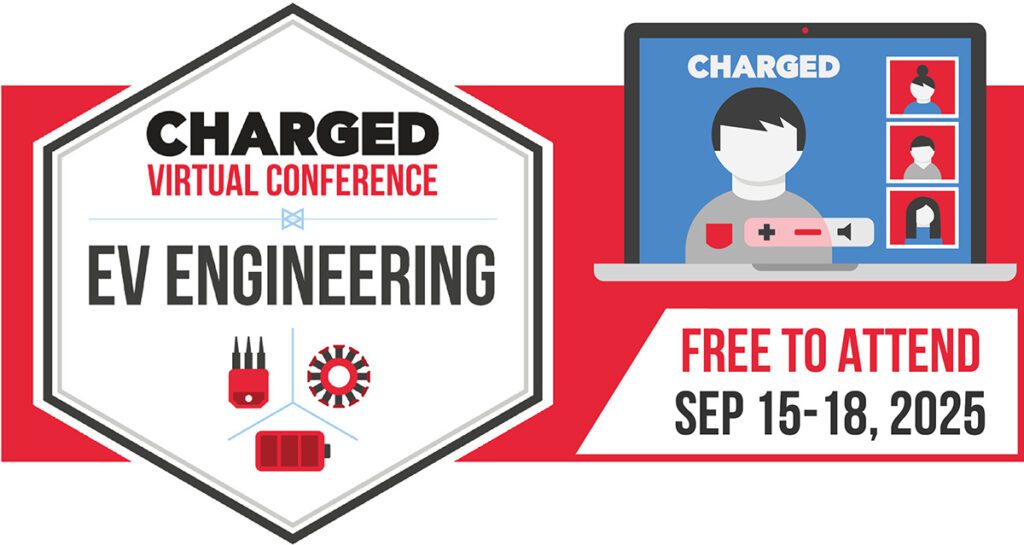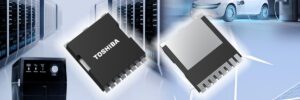
Designing high-performance, durable, and safe batteries requires a detailed understanding of battery technology and the underlying physical processes. Modeling and simulation software helps designers look inside the battery in a way that is not possible using physical experiments.
In this webinar at our September Virtual Conference, we will cover the modeling capabilities offered with the COMSOL Multiphysics® software to simulate batteries across different scales, from the microscale to battery packs. We will also discuss the available functionality for modeling a range of battery chemistries at varying levels of complexity, analyzing degradation and aging, managing thermal effects, performing virtual characterization tests, and simulating battery behavior under real-world operating conditions.
September 18, 2025, 9:00 am EDT
Register now—it’s free!
See the complete session list for the Virtual Conference on EV Engineering here.

Broadcast live from September 15 to 18, 2025, the conference content will encompass the entire EV engineering supply chain and ecosystem, including motor and power electronics design and manufacturing, cell development, battery systems, testing, powertrains, thermal management, circuit protection, wire and cable, EMI/EMC and more.






